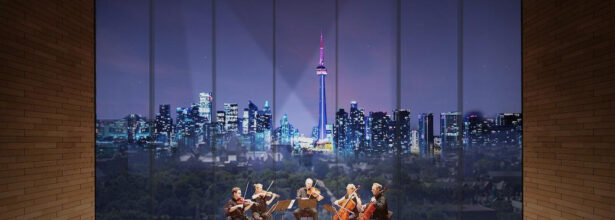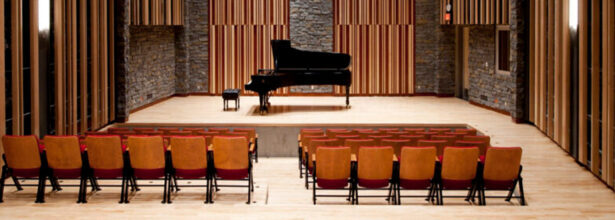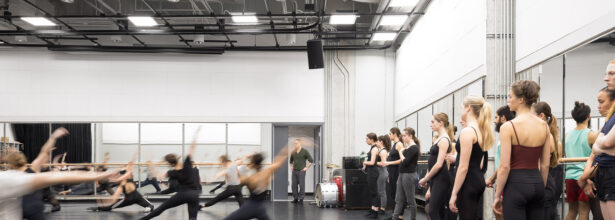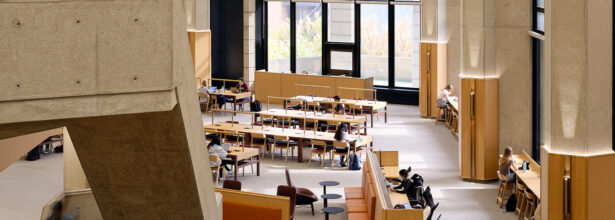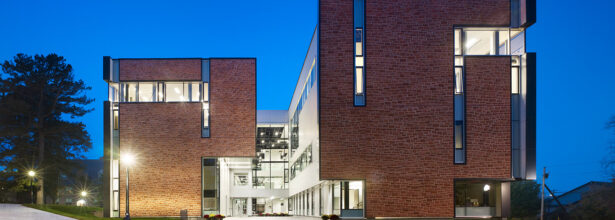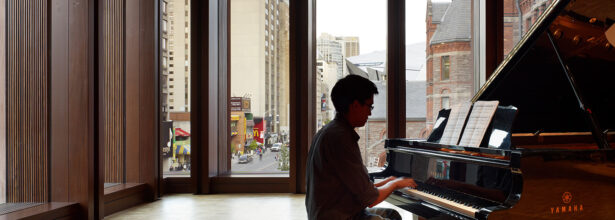The Challenge:
To ensure that the acoustics in the performance hall would work for as many forms of music as possible.
The Innovation:
Long before the term ‘barrier-free access” was coined, Wright State University was created with it in mind. When it was time to renovate the 350-seat Schuster Hall, built in the 1970s, we had to make the audio acoustics would work for as many forms of music as possible, make it beautiful to attract new performing arts students, and improve the barrier-free access in the premier venue of a university known for its barrier-free outreach. Ideally, we wanted to increase the reverberation in the room to make it more suitable for large ensembles by literally raising the roof, but this was not within budget. Instead, we introduced an electronic enhancement system, provided by ACS Systems, which simulates the experience of a much larger and more reverberant space. A strategically located cross-aisle in the middle of the audience gave the room barrier-free access. This design solution meant that musicians working in wheelchairs can easily move from the stage to the audience chamber. Thanks to H3 Architects, the venue is a visually beautiful space that attracts the best students. And the acoustics are superb.

